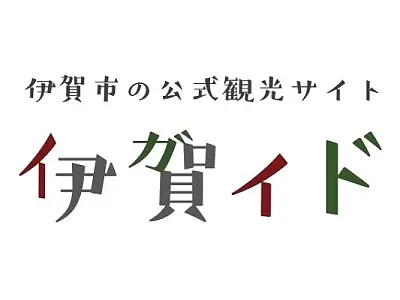This is the temple where Kobo Daishi's master, Kinso Daitoku, was founded. We will introduce NyuzanJingujiTemple popularly known as niu Daishi, and its surrounding spots.
掲載日:2021.06.29
``Is Jinguji a shrine or a temple?'' ``What is niu? What is Daishi?'' I will answer your questions first. To write the conclusion first, Jinguji is a “temple”! However, it also has a very deep relationship with shrines. In addition, niu means ``to give birth to ni'' and ``Tan'' means ``mercury,'' and it has even become a place name because it prospered as a mercury production area.
Daishi, of course, refers to ``Kobo Daishi Kukai,'' and he is affectionately known as niu niu because he is enshrined in Nyu, or in other words, niu 's Daishi. We will introduce niu Daishi Jinguji Temple and surrounding spots that can be visited in one day.
A monk and a photographer, a monk photographer wearing two sandals
Lives in SuzukaCity Camera experience: 13 years dedicated to Nikon
Lately, I've been curious about mirrorless cameras... (tears)
niu Daishi (NyuzanJingujiTemple)
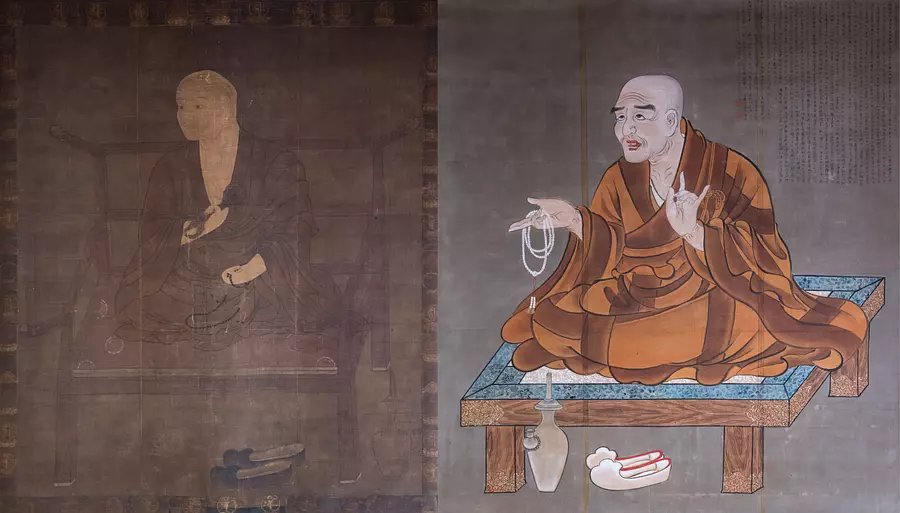
Located in Nyu, Taki-cho TakiTown niu TanNyuzanJingujiTemple popularly known as the Living Daishi. In the 5th year of Hoki (774), Kinso Daitoku, the master of Kobo Daishi, opened the temple, and when Kobo Daishi visited the temple in the 4th year of Kounin (813), the Shichido Garan was constructed. It is a temple with a long history.
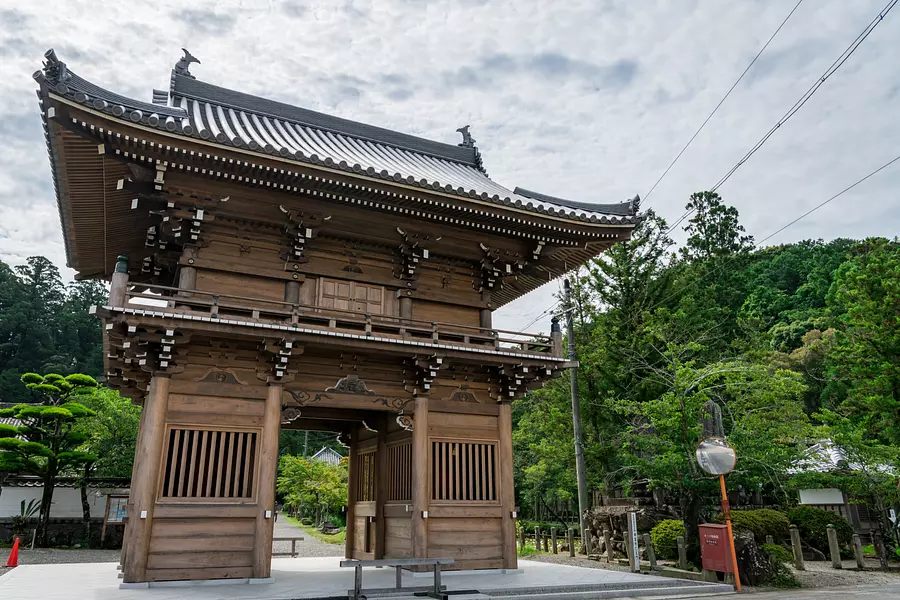
Now, I will now guide you through the precincts of niu Daishi.
*Rakukei refers to the completion and restoration of a temple or shrine. The commemorative ceremony is called the Rakukei memorial service.
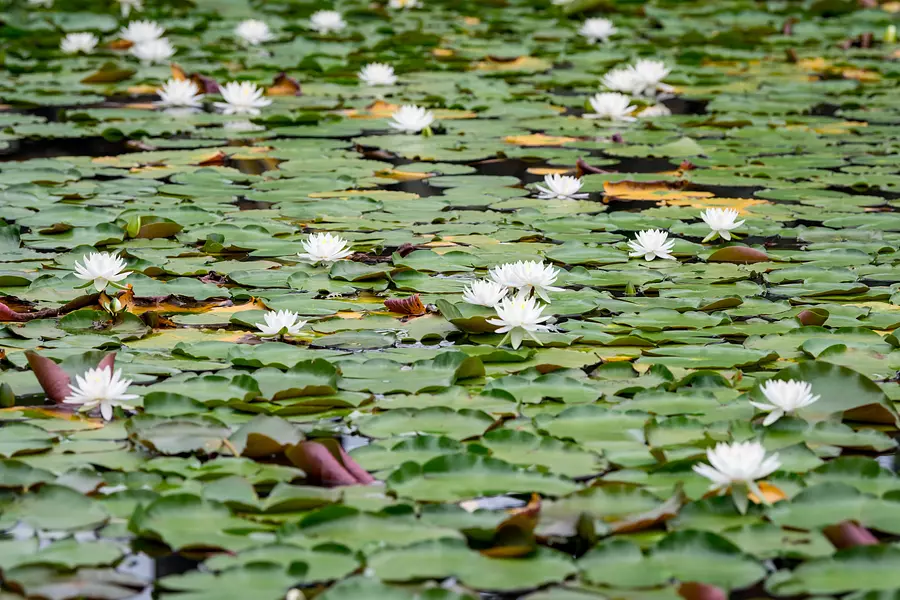
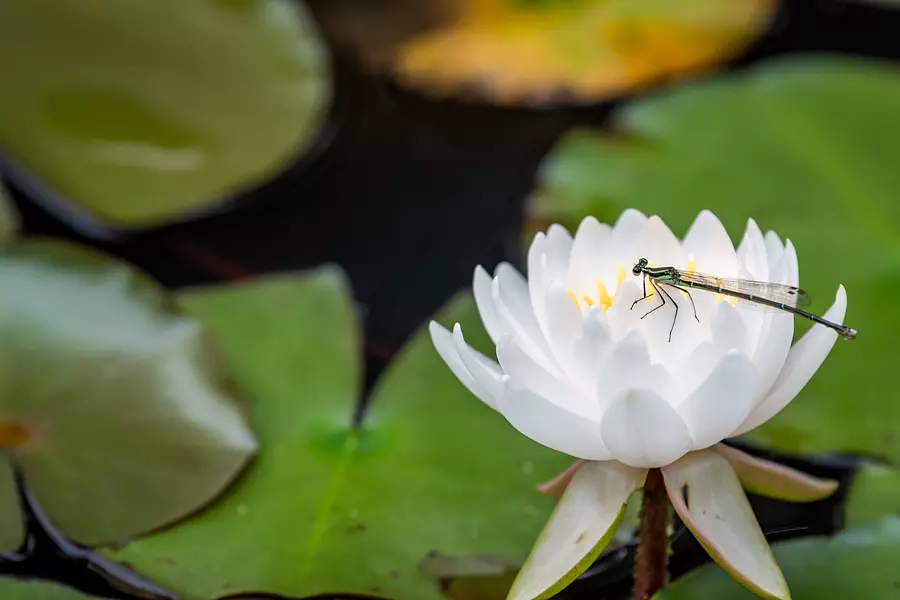
First of all, once you pass through the Sanmon gate, the approach to the shrine stretches straight all the way to the back. There is a large pond on the right side, and many white water lilies are blooming on the surface of the water. The area around the pond is always crowded with people who come to worship, as well as people who use it as a walking route, people who come to see the water lilies here, and people who take pictures. The best time to see water lilies is from mid-May to early August, and we recommend viewing them in the morning when they are in full bloom.
The deputy chief priest taught me how to tell the difference between a water lily and a lotus. Water lilies bloom near the water surface, and their leaves are shiny and have slits. Lotus flowers have long stems that bloom high above the water surface, and their leaves are round and lack luster.
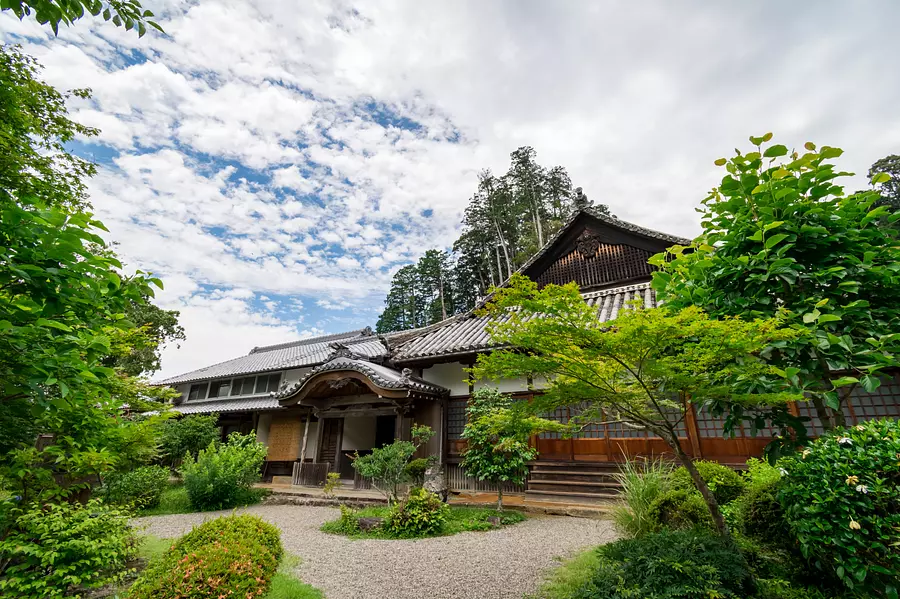
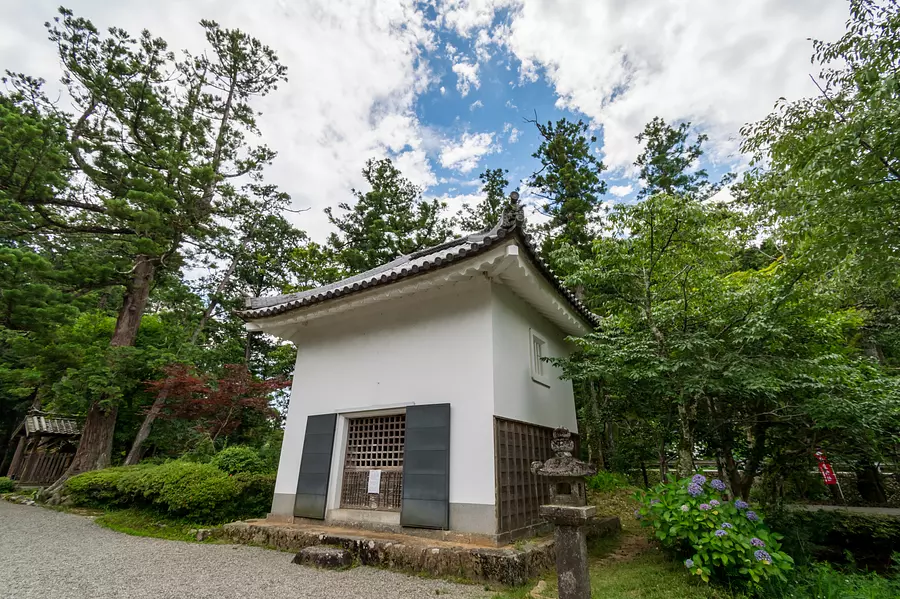
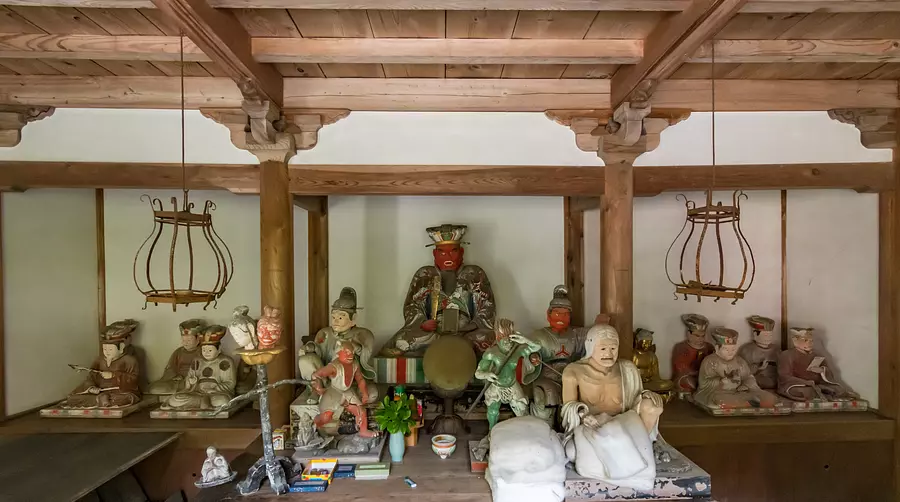
I took this photo from inside, but it might be a bit eerie to see these statues inside the dimly lit temple through the latticework...
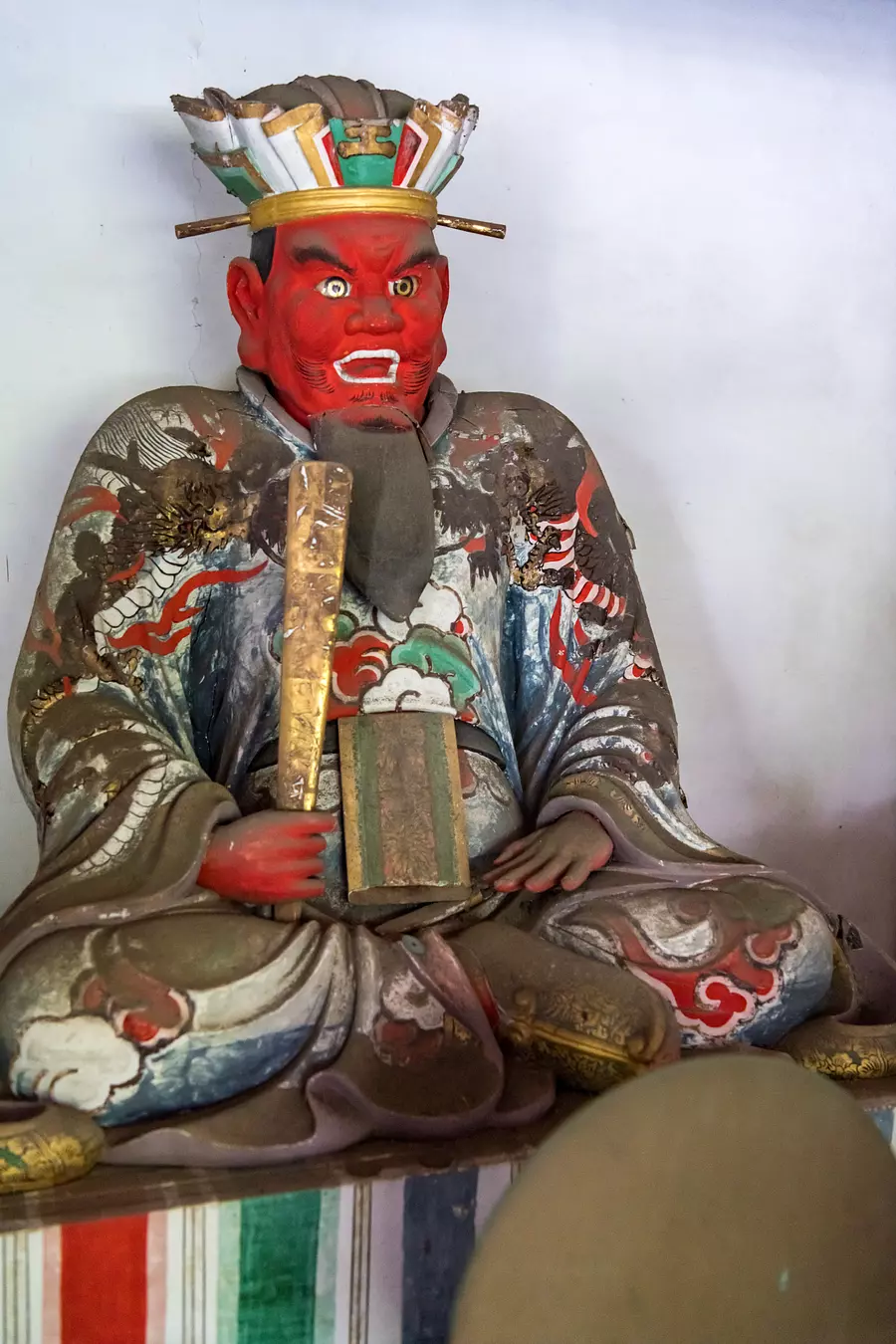
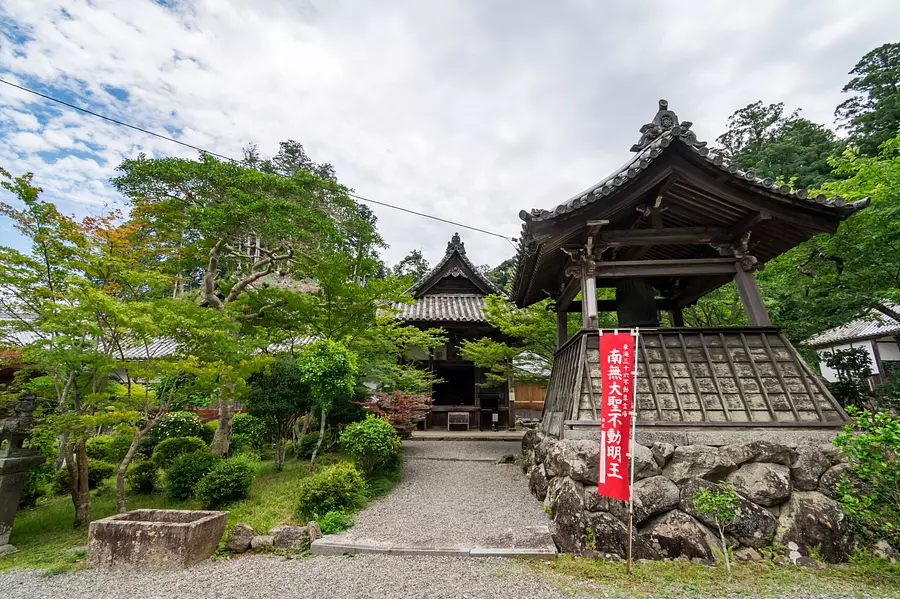
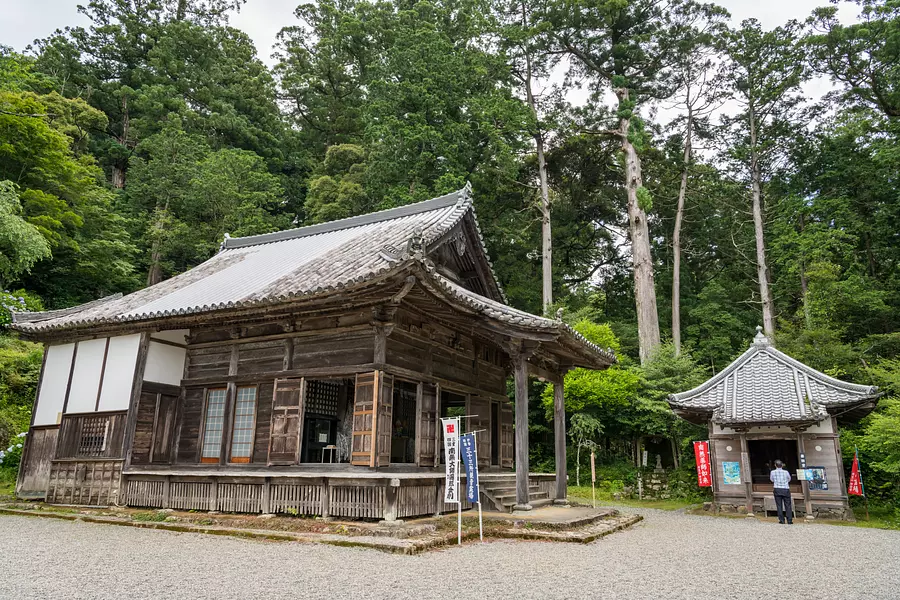
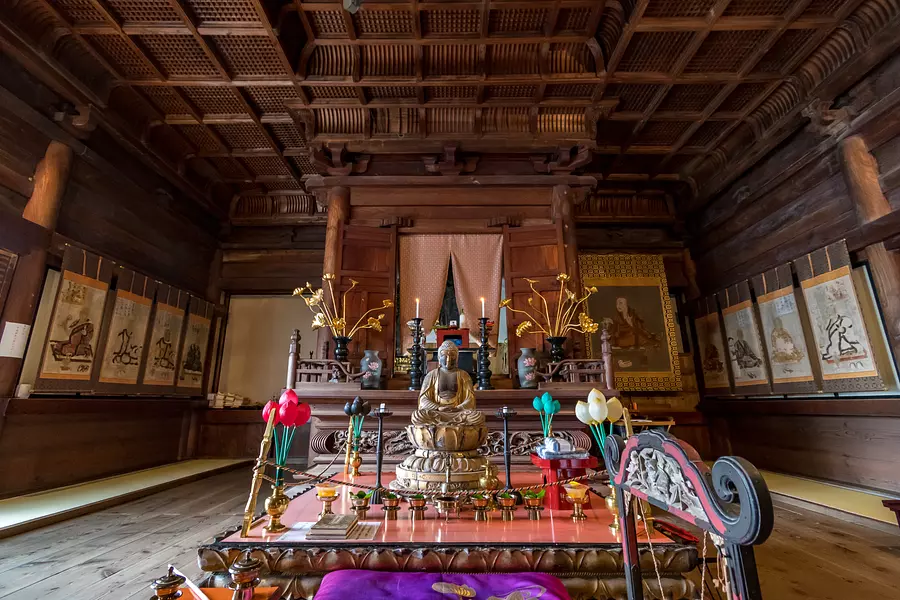
Kannon-do (main hall) inner hall. It's obvious at a glance that it's a magnificent hall, but if you look at the ceiling of the inner sanctum, you'll realize how impressive it is even more.
Ceilings also come in various styles and formalities; the style in which the ceiling is raised using curved wood above the walls is called ``Origami coffered ceiling'', and the one that is one step higher is known as ``double folded coffered ceiling''. Is called. Furthermore, the squares of the coffered ceiling called kogumi are decorated with Confucian patterns inside, which is called ``double folded upper and small coffered ceiling,'' and is truly the highest quality structure.
Even just looking at the ceiling has various meanings, such as formality, so paying attention to the small details like this will make your visit to the shrine more enjoyable.
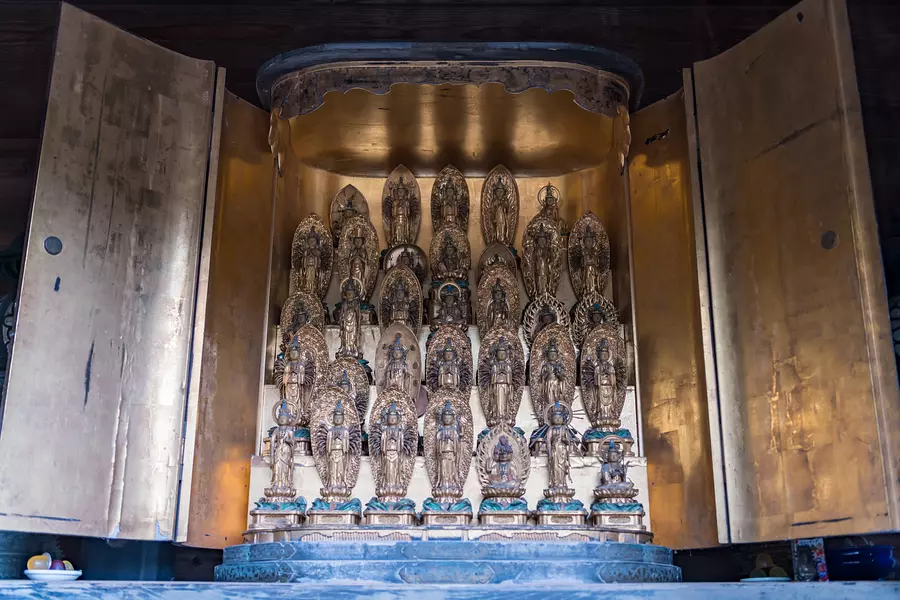
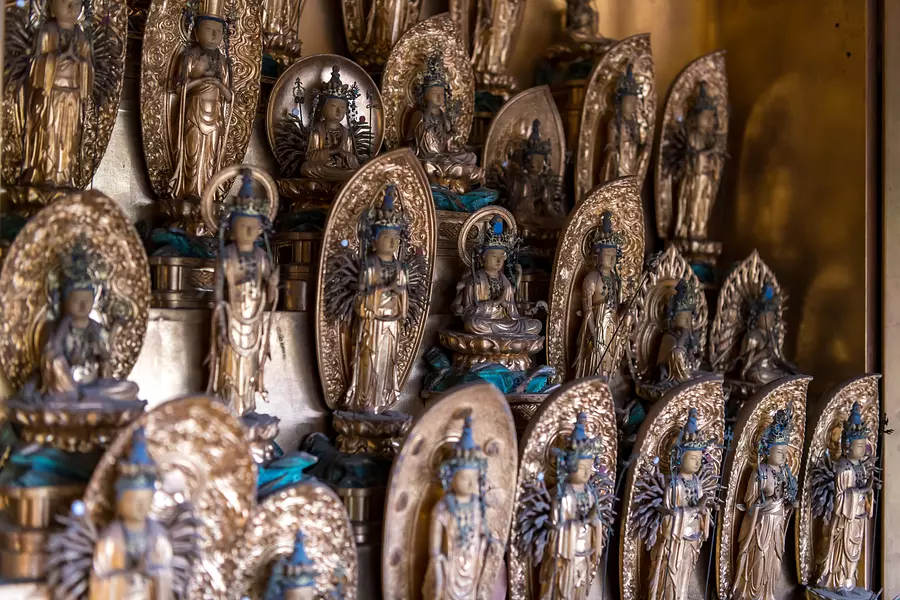
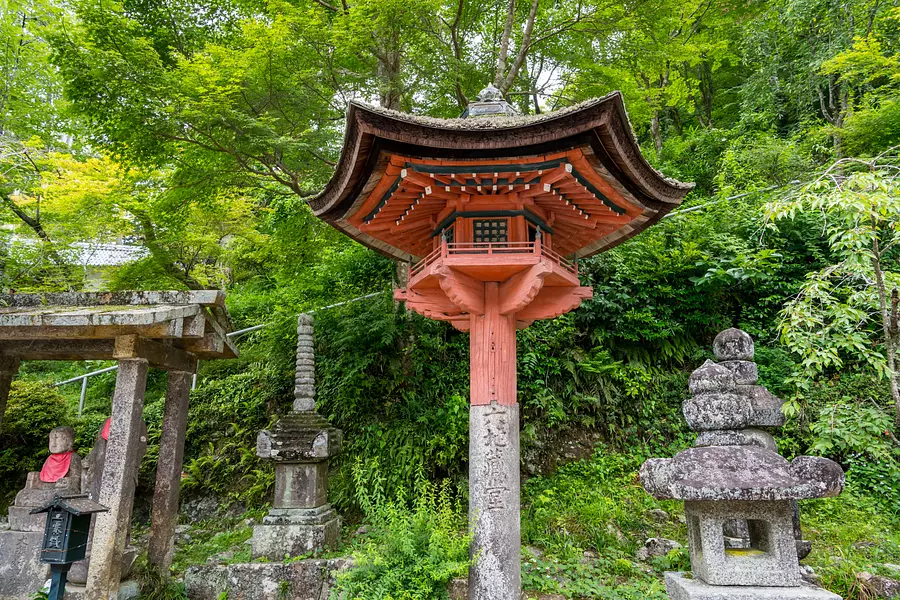
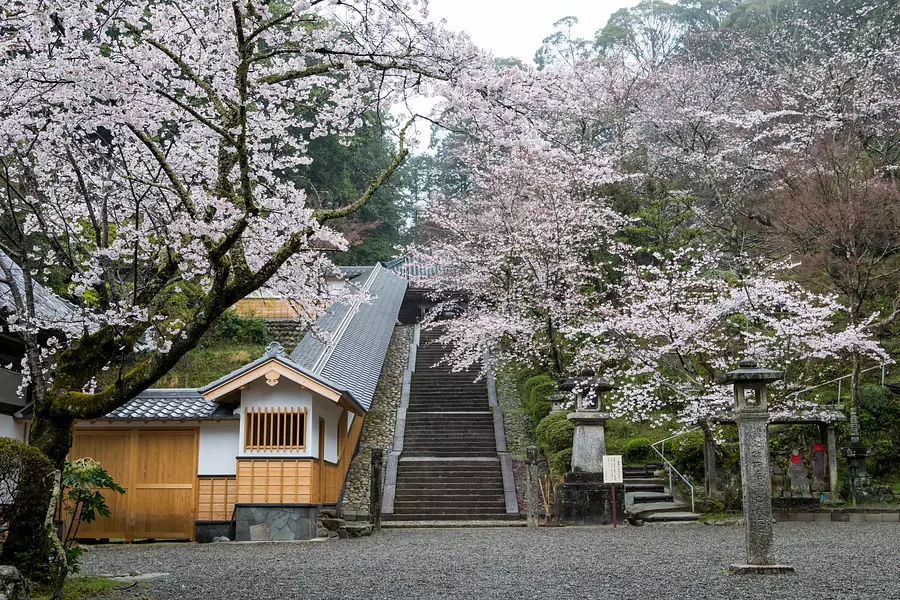
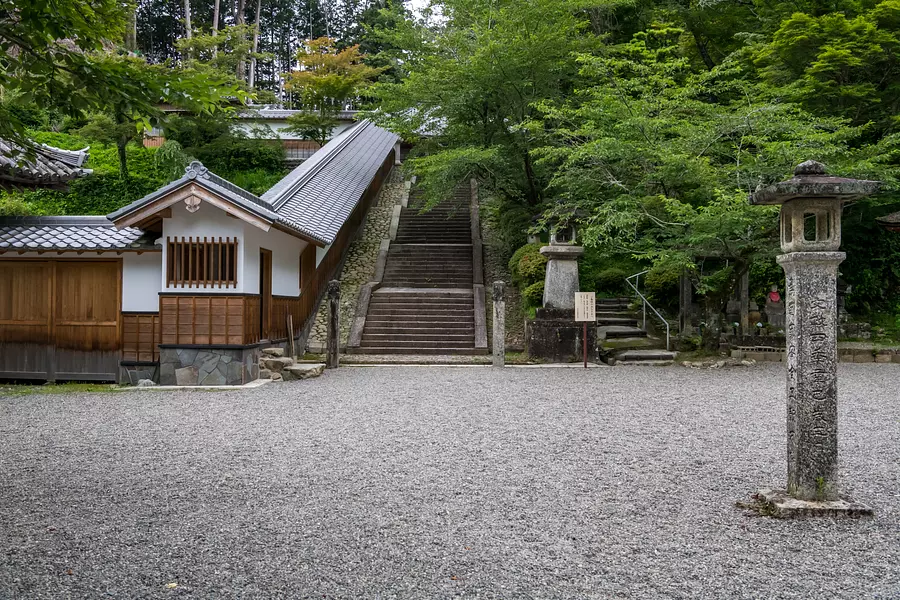
In addition, the stone staircase leading from this plaza to the Daishi-do Hall and the corridor next to it are spectacular views that can only be seen here." niu Daishi" is so famous that when you think of it, you think of the cloister. In the spring it is covered with cherry blossoms, in early summer it is fresh green, and on rainy days it is also wonderful. It is a place where you will want to take photos throughout the year, including autumn leaves and snowy scenery.
It is said that this corridor was built for the Edo period lords and other great figures to protect themselves from the rain and wind and from enemies when they visited Daishi. It was destroyed by a typhoon in 2017, but was rebuilt beautifully. It is now open to worshipers as well, so come and experience what it feels like to be a lord.
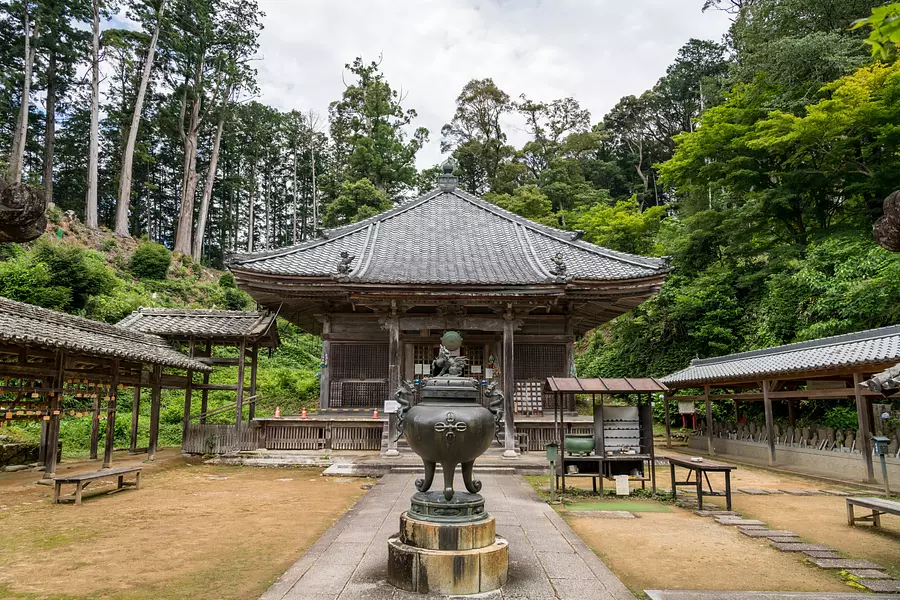
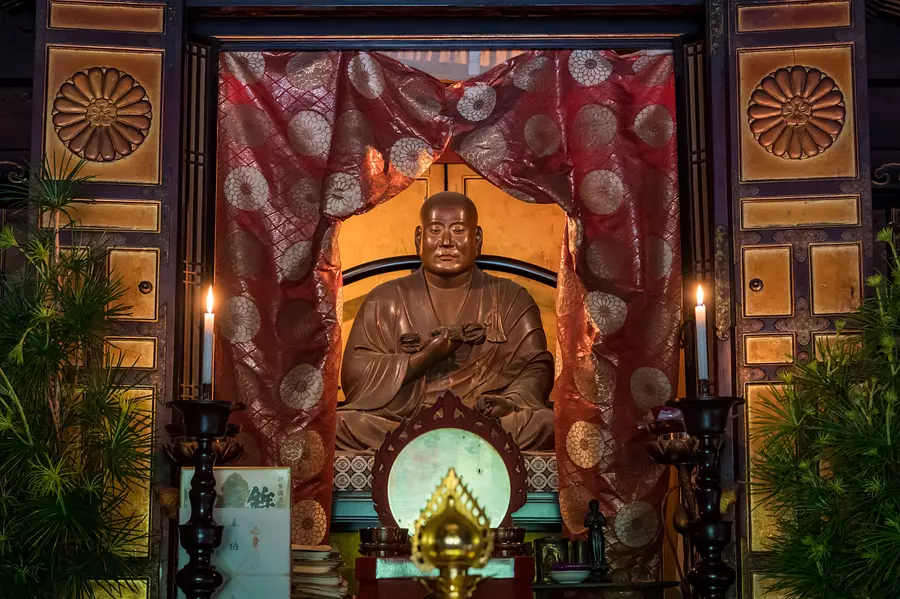
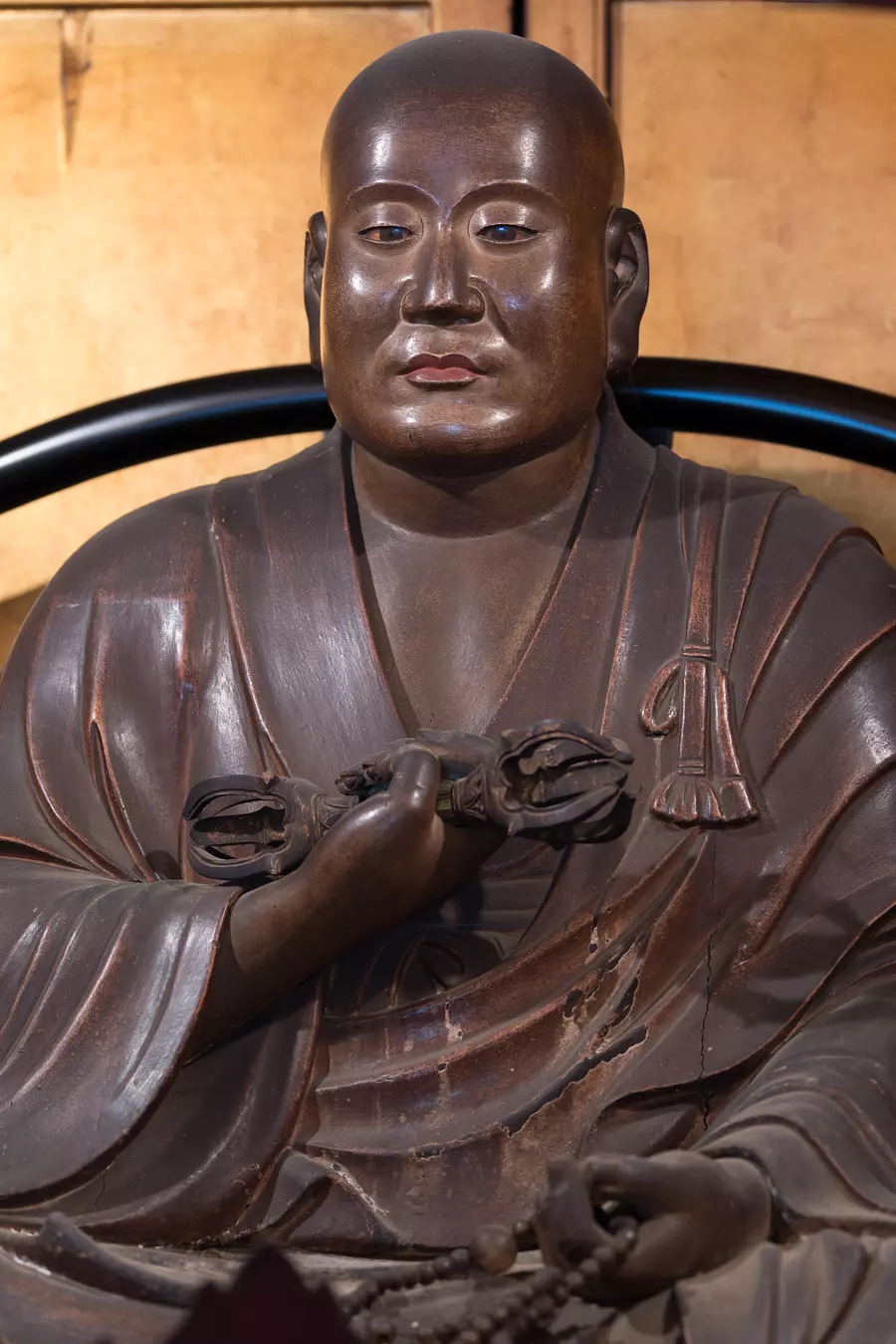
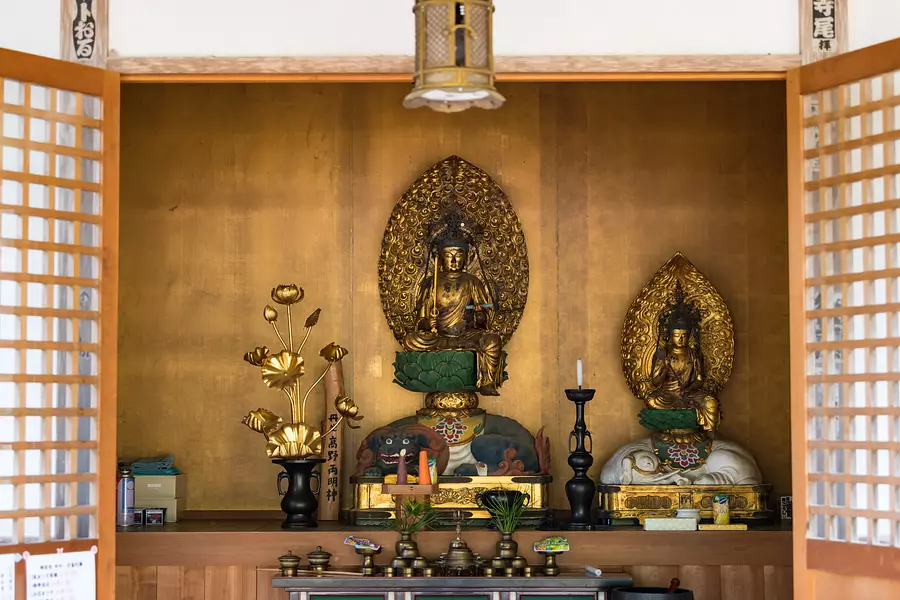
On the left is Manjusri Hall,inside which enshrines Manjusri Bodhisattva as the principal image and Fugen Bosatsu as a side Buddha. Both Buddhas are seated in lotus position with one leg out. Below the lotus position, there is a blue lion statue of Manjusri and a white statue of Fugen Buddha called the Bird and Beast constellation. It's also nice to be able to see the Buddha up close, which is not something we're used to, such as the way it sits and the animals underneath it.
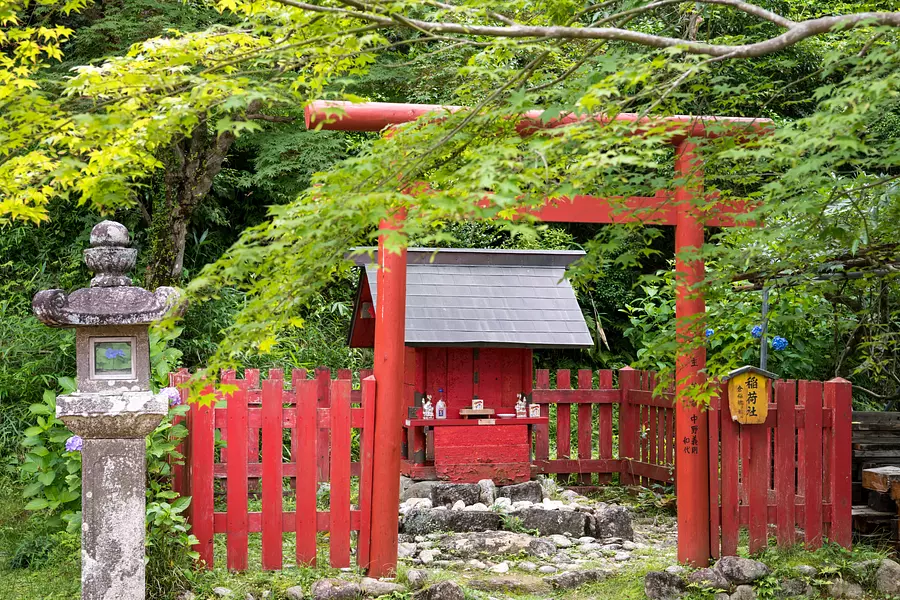
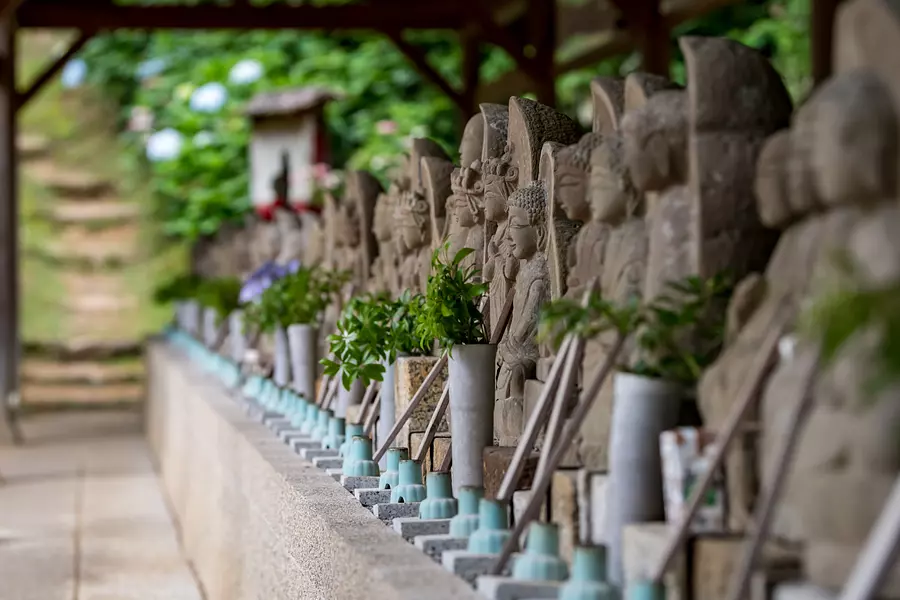
This stone statue of the Shikoku 88 Sacred Sites was also damaged by a typhoon in 2014, along with the Daishi-do Hall, but thanks to the help of the chief priest, believers involved with the temple, and local people, it was repaired and rebuilt.
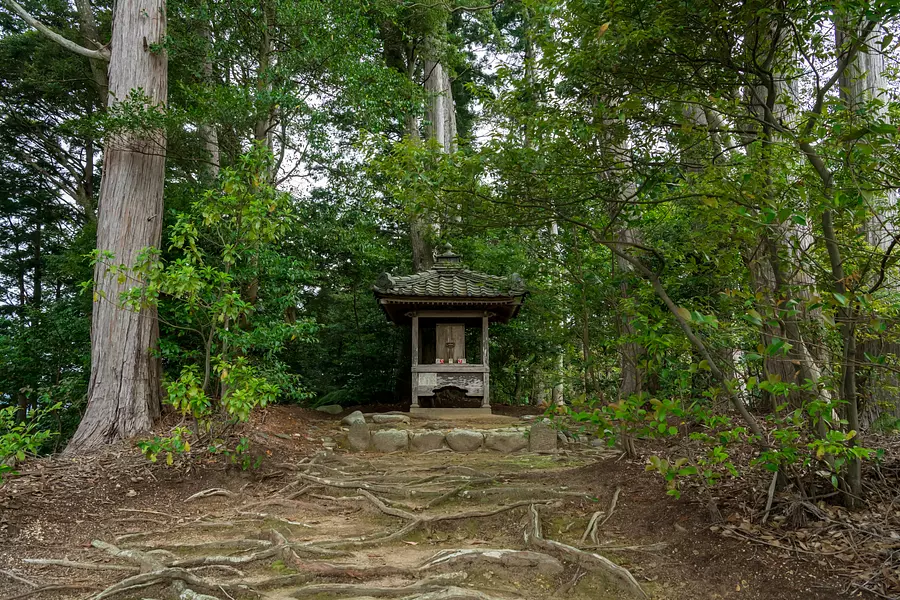
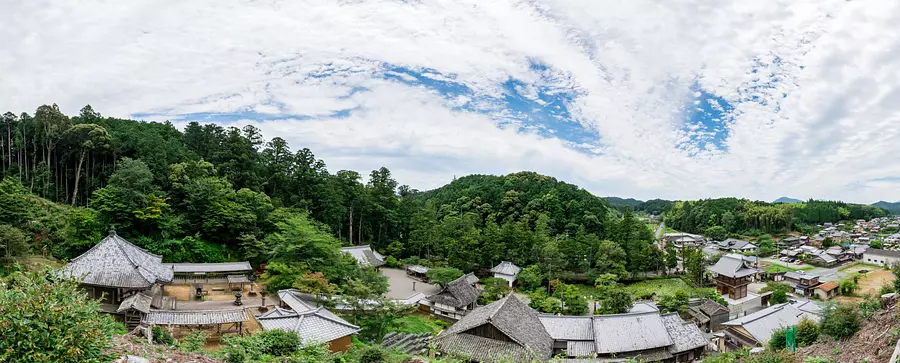
This photo is a composite of several photos, but you can easily take it using your smartphone's panoramic camera. The far left is niu no Mikoto, and the right is beyond the Sanmon gate to the village.
It is truly a scenic point! I wanted to take a sunset from here if possible. (tears)
Why has this become a new spot? It was created because the typhoon I mentioned earlier caused a large tree to fall and damage Daishi-do Hall and the 88 Sacred Sites of Shikoku, so they made the difficult decision to cut down the large tree to prevent further damage. Please feel free to drop by here as well.
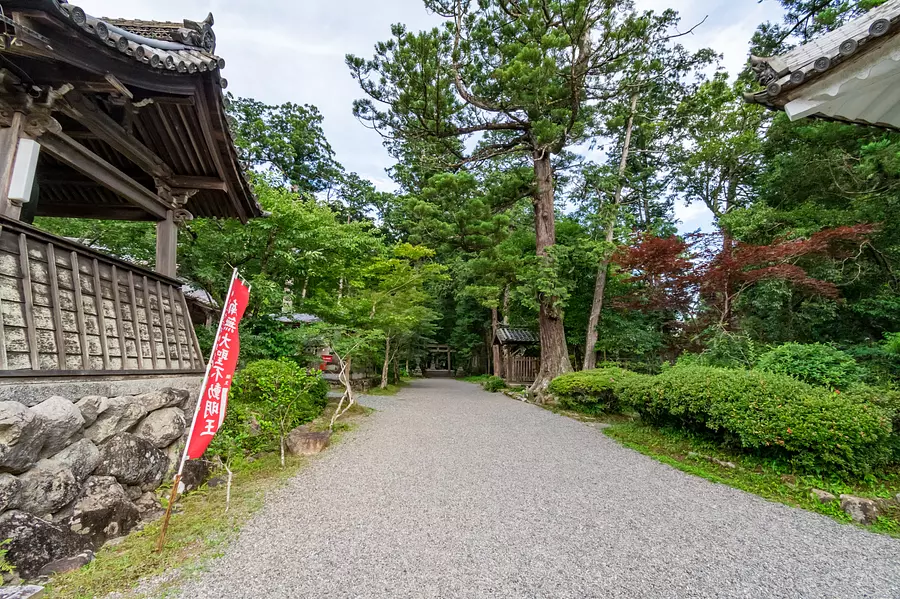
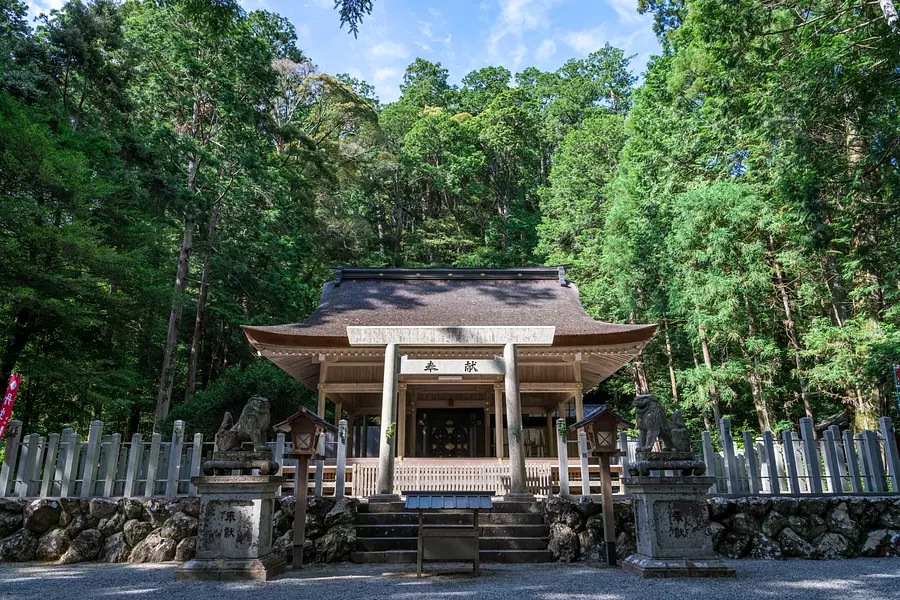
This is the deep relationship I mentioned at the beginning, and there was a time when monks read sutras and performed rituals in the Buddhist style in front of the shrine, called the syncretization of Shinto and Buddhism. Temples and shrines were separated due to the Haibutsukishaku movement of the Meiji period, but as the name suggests, Jingu-ji is the one that has the closest connection to shrines among all temples. That relationship remains inseparable even today.
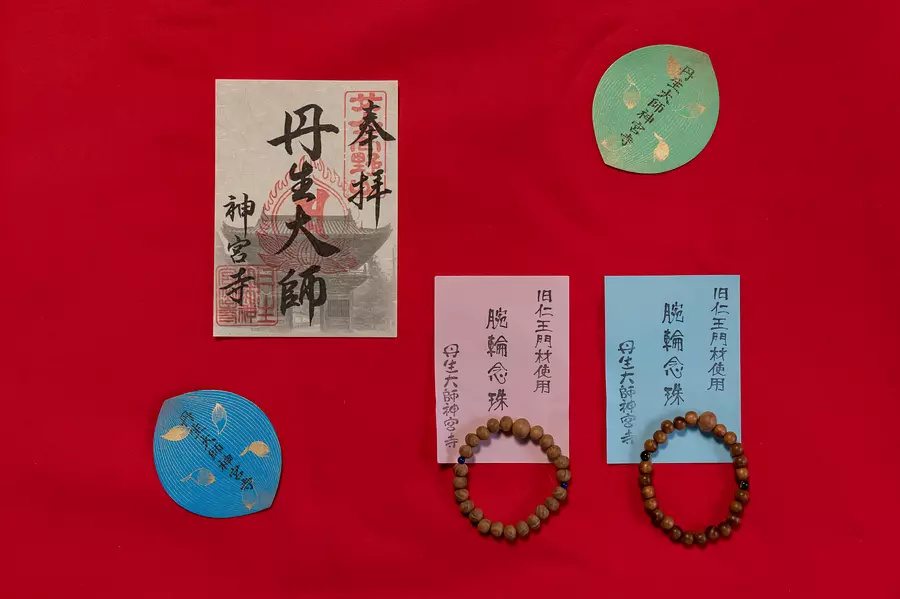
These are special red seals and bracelets made to commemorate the opening of Niomon. There are two sizes of prayer beads: large and small. It was built in 1722-1723 and is made from the original wood. This is wood from about 300 years ago, right? If you think that the wood of the gate that continued to watch over the people who visited niu Daishi during that time will protect you with its own arms, you will feel even more grateful.
niu Daishi is currently the 35th temple of the 49 sacred sites of Saikoku Yakushi, the 24th temple of the 36 Fudoson sacred sites in the Tokai region, the 75th temple of the 88 temples of Mie and Shikoku, and the 75th temple of the 88 temples of Mie and Shikoku. As it is the 12th temple of Saigoku's 33 Kannon Sacred Sites, there are of course the usual goshuin stamps for each of them. Please come and visit us if you have a chance!
⬇︎⬇︎We will introduce surrounding spots on the next page! Please proceed to the next page! ⬇︎⬇︎
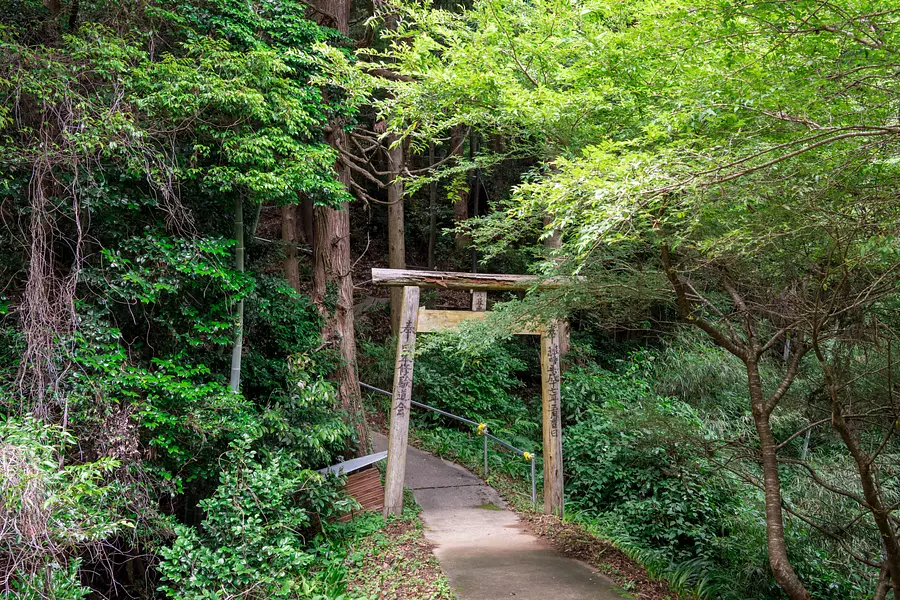
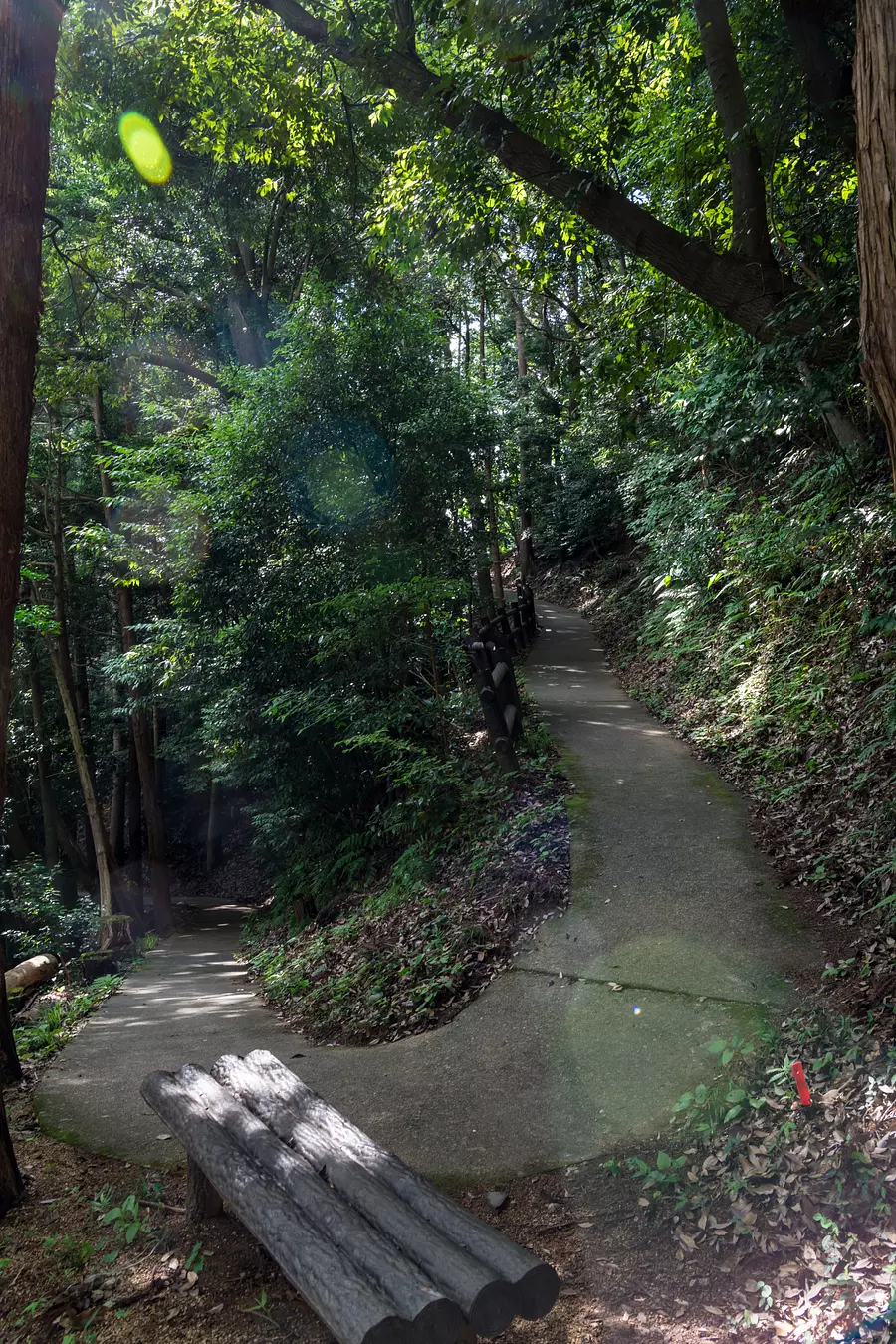
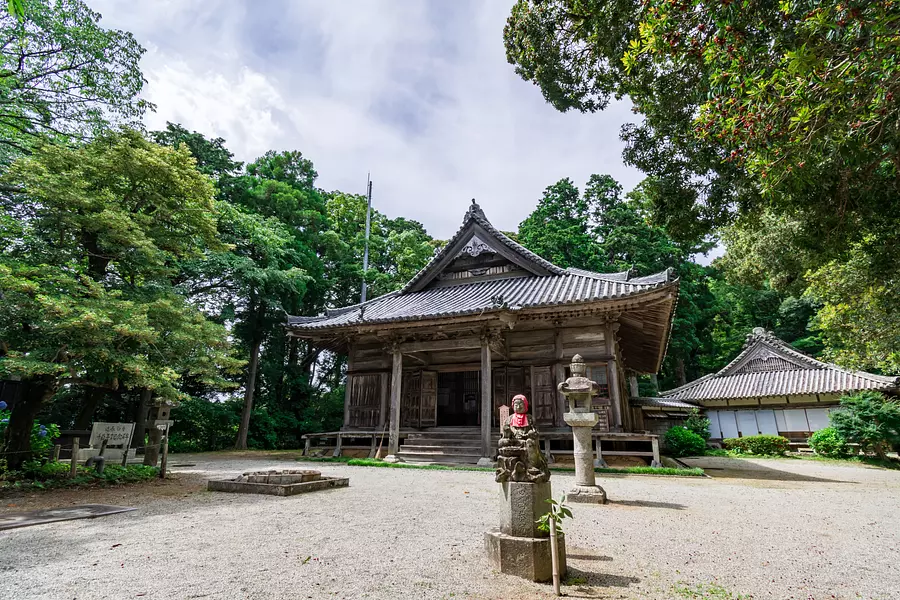
It takes about 5 minutes to climbwith heavy equipment, and when you climb the final stone stairs, you will see a magnificent temple in front of you. The main hall is in front, and the storeroom is in the back right. There is no doubt that building such a magnificent hall in such a mountainous area is difficult even in modern times, but I am awed by the faith and passion of our predecessors who built it on this spot at the time.
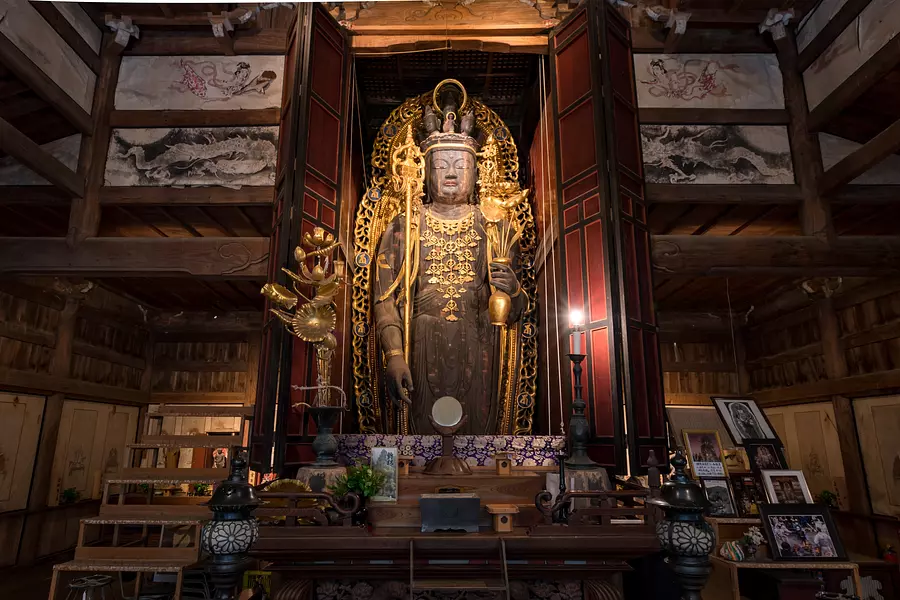
Click here for the niu Hasedera website!
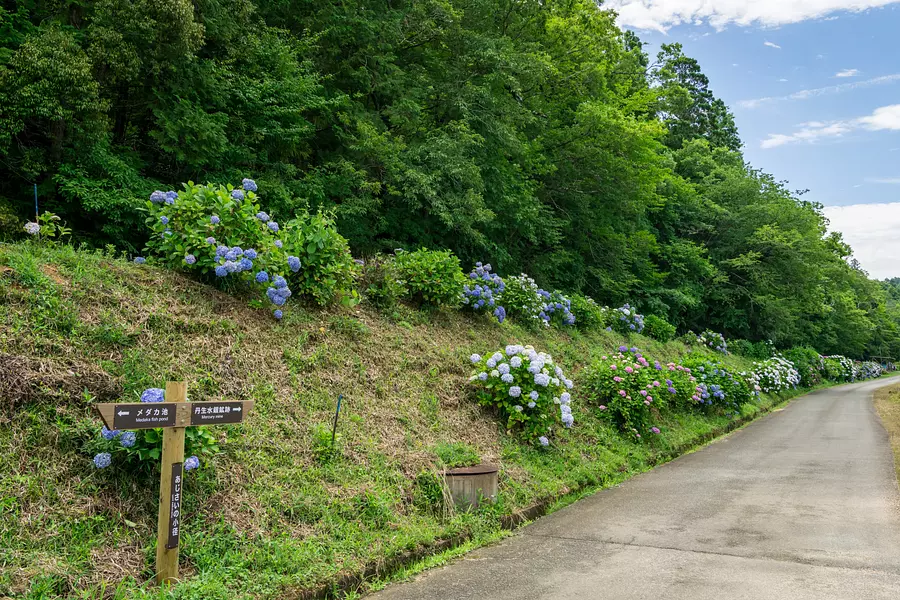
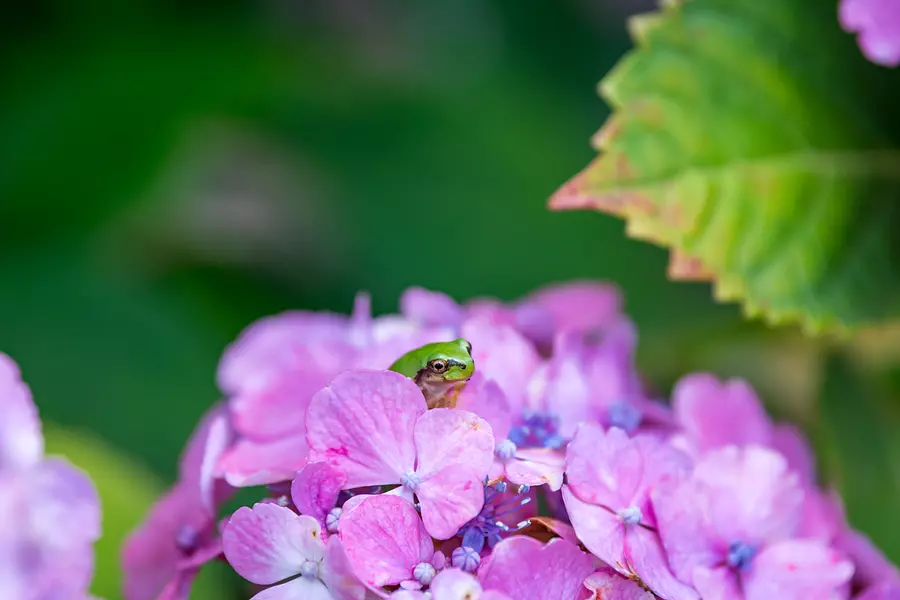
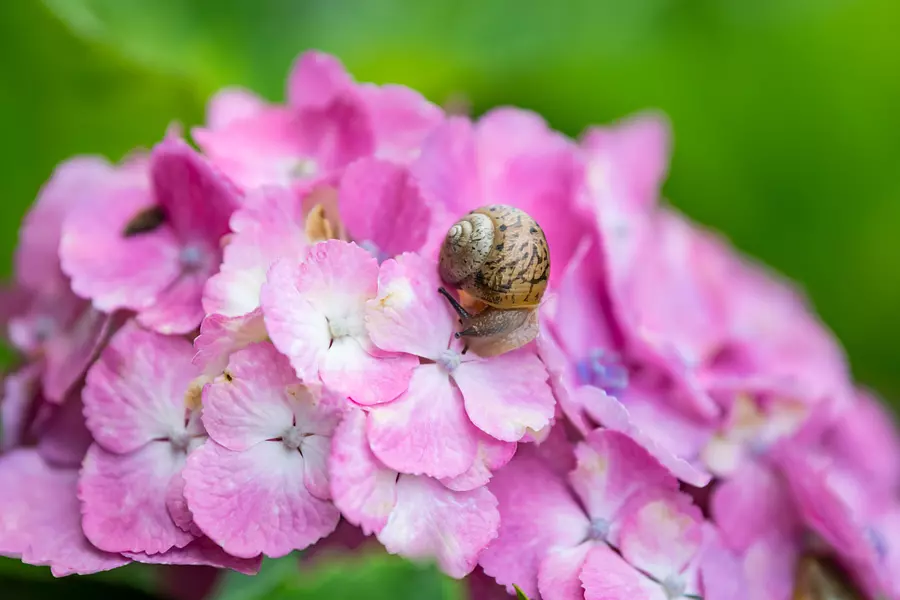
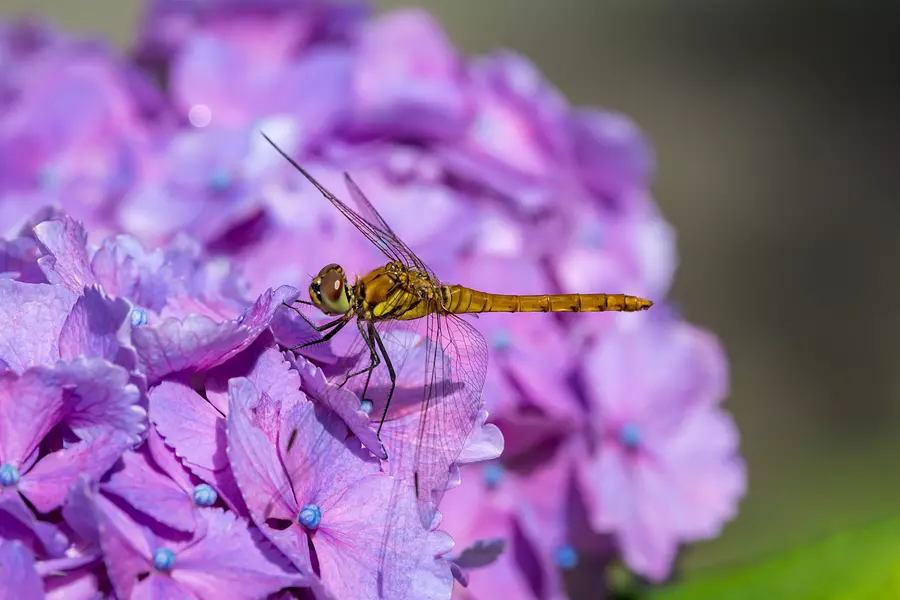
Coincidentally, we found frogs, snails, and dragonflies on the hydrangeas! I was lucky because I had never taken a photo like this before.
I don't know where I learned this, but I mistakenly thought, "Hydrangeas are poisonous, so snails don't live on hydrangeas," but in reality, "hydrangea leaves have toxins, so snails don't eat them." That's what it meant. However, all three have similar compositions... (Sweat)
It can be difficult to focus on the eyes of small creatures, but if you open the aperture as much as possible, the background will be blurred and the subject will stand out, so give it a try. We recommend taking insurance and taking several photos of each composition, or checking it thoroughly after taking the photo. (lol)
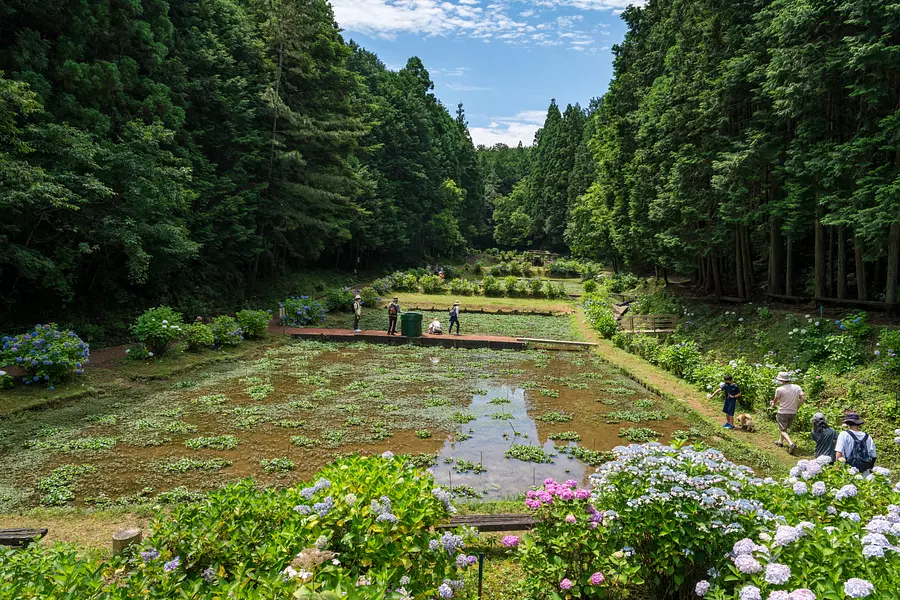
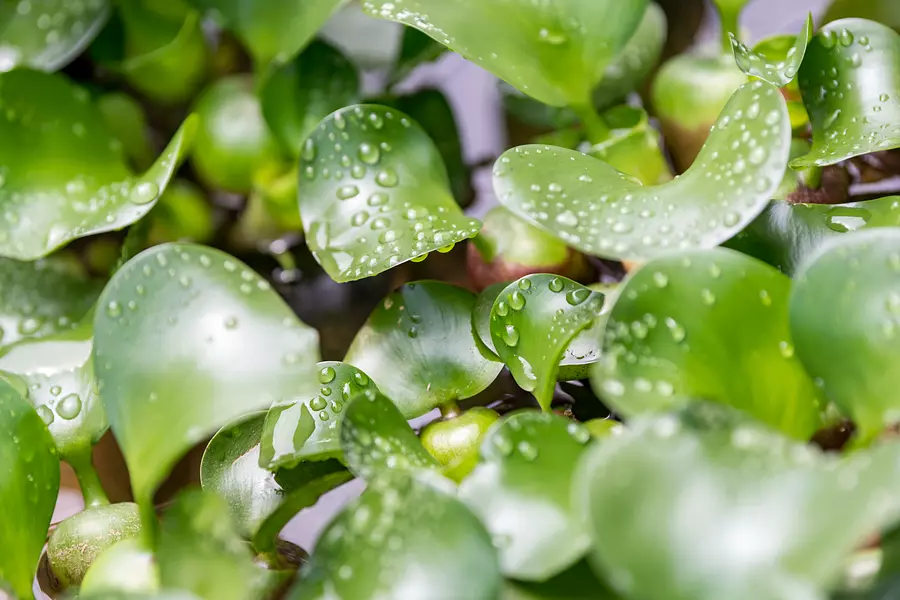
Mercury mine ruins
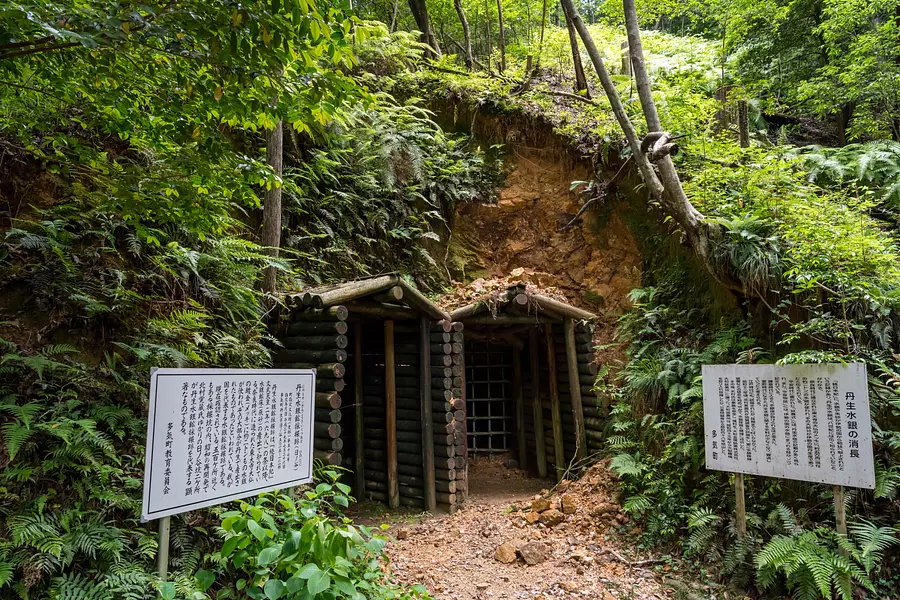
If you go further south along the hydrangea path, you will see a signboard, and if you go a little farther from the road, you will see the entrance to a mercury mining shaft. It is said that the 50,000 ryo of mercury (currently about 2 tons) that was used to build the Great Buddha at Todaiji Temple a long time ago came from here niu. I couldn't go inside, but as I approached the entrance, a cold wind came from inside... It was a bit scary for my timid monk (cold sweat).
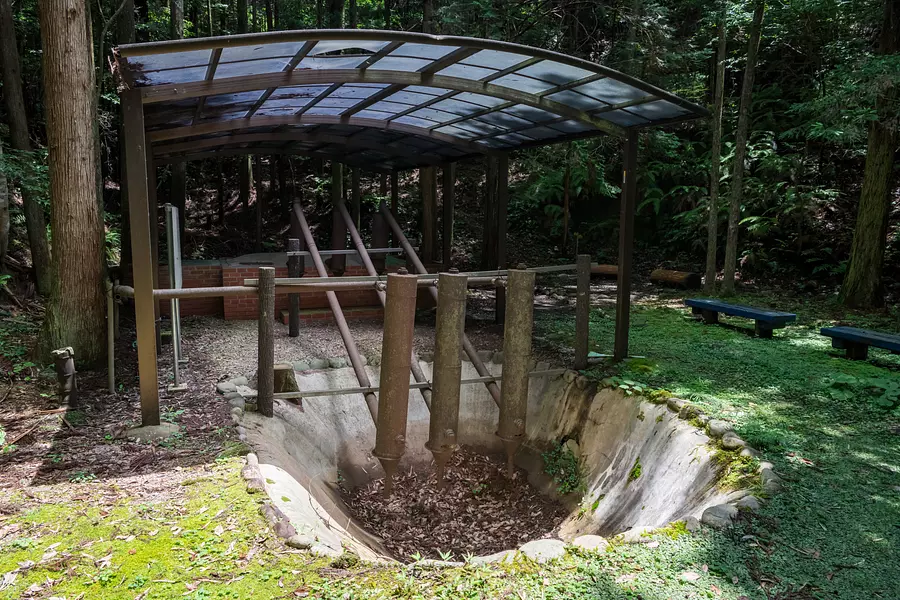
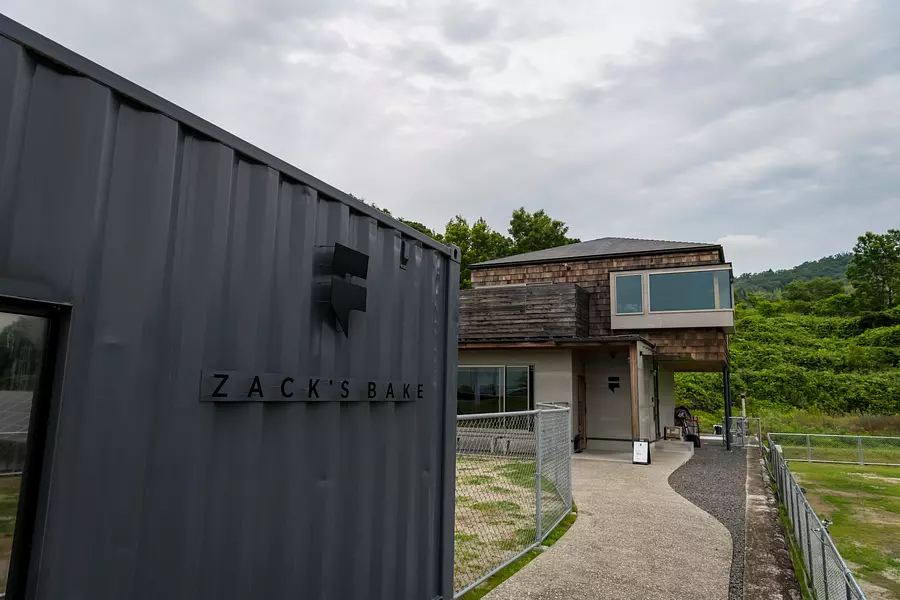
This is ZACK'S BAKE, a scone and quiche shop with a dog run in Shomachi, MatsusakaCity City. Both eat-in and take-out are possible.
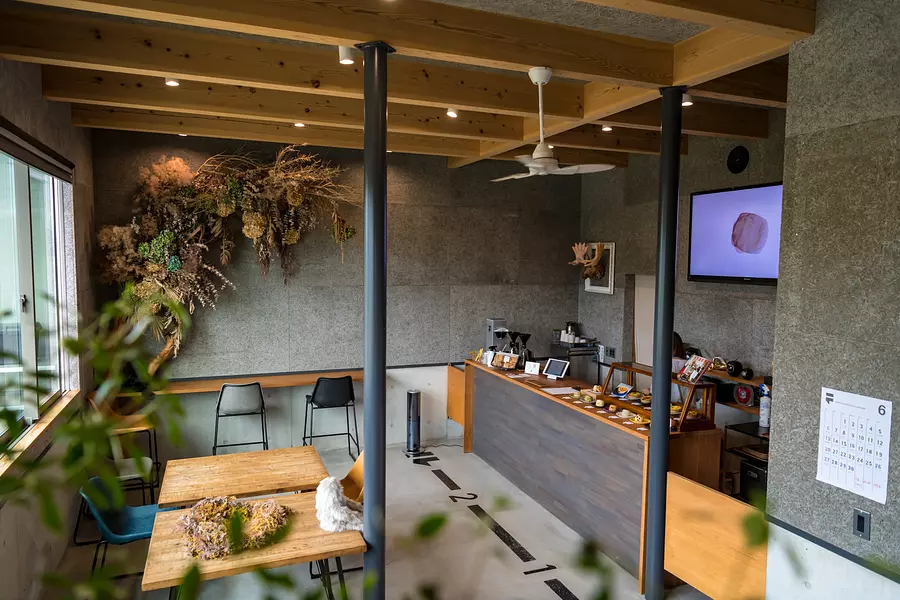
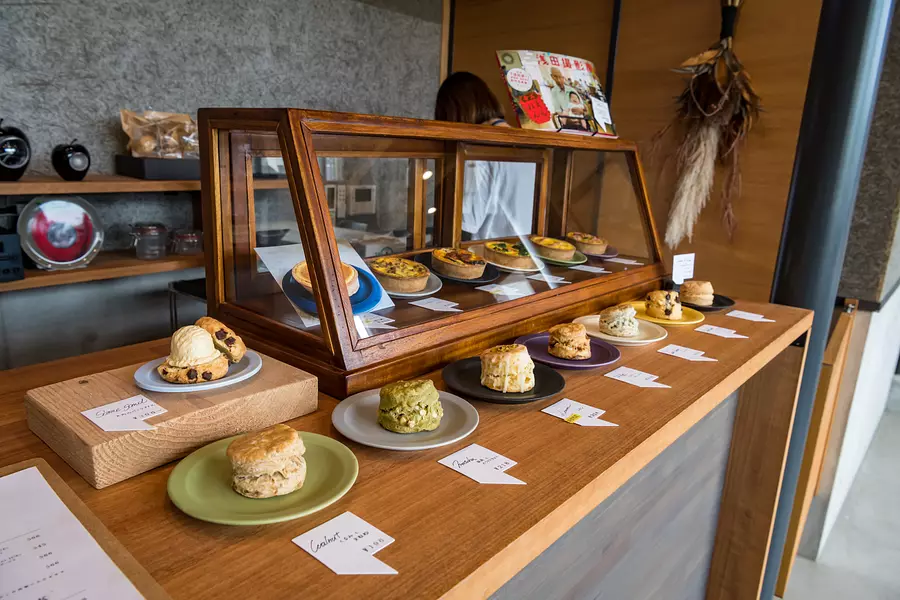
This time I decided to take out due to time constraints. The scones and quiche were both delicious at home. Business hours are 10:00 to 16:00. Please check the store's Instagram as it is closed irregularly. We also have a limited menu!
Click here for ZACK'S BAKE's Instagram!
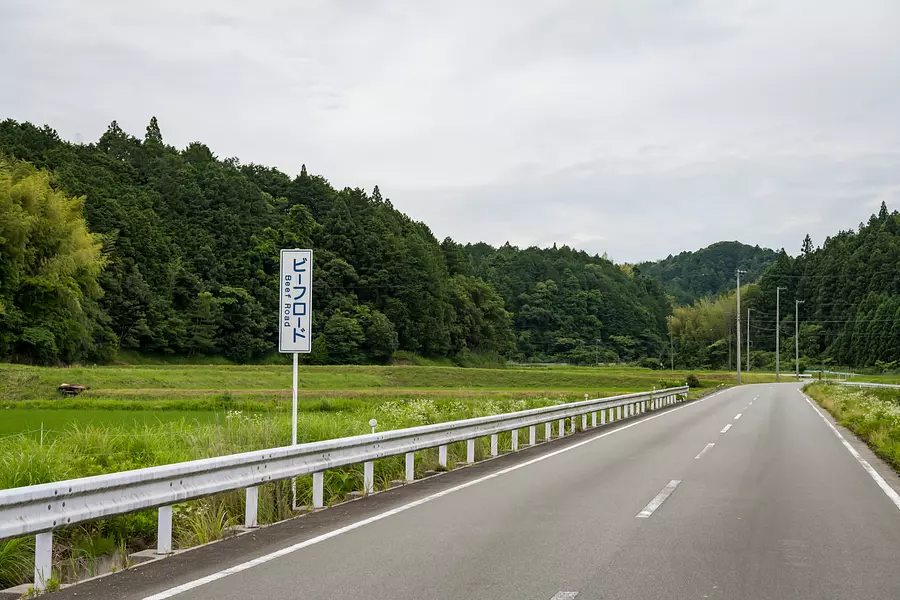
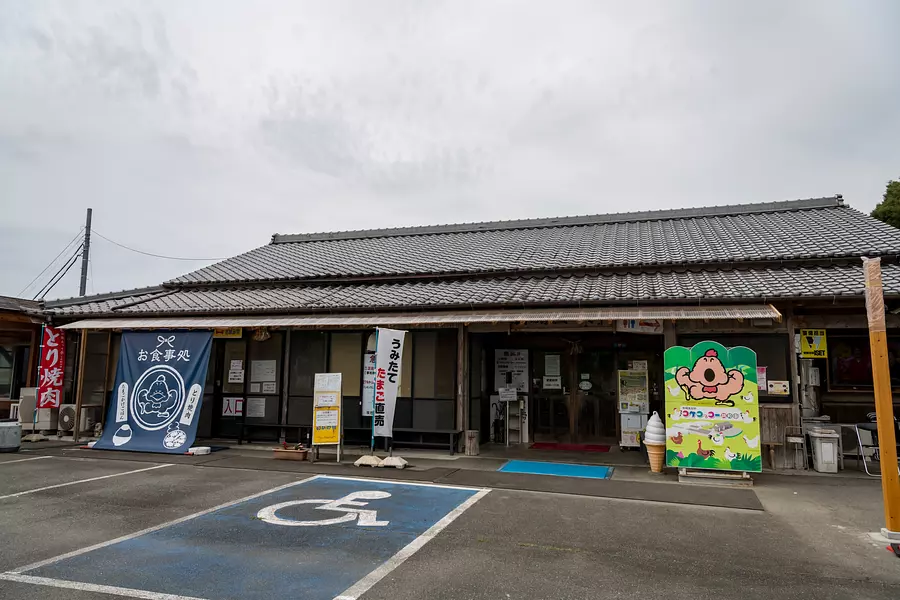
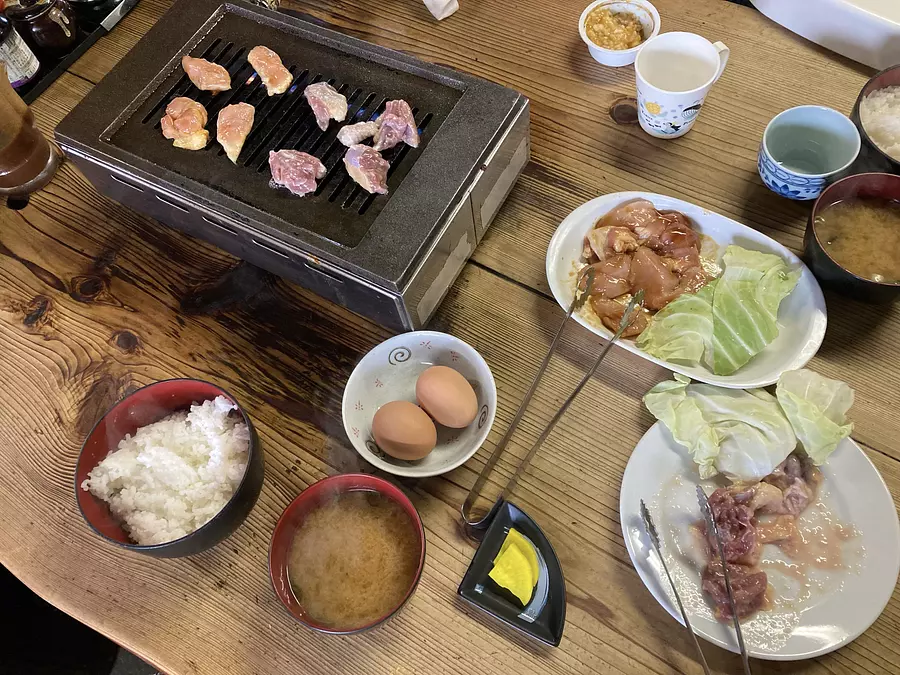
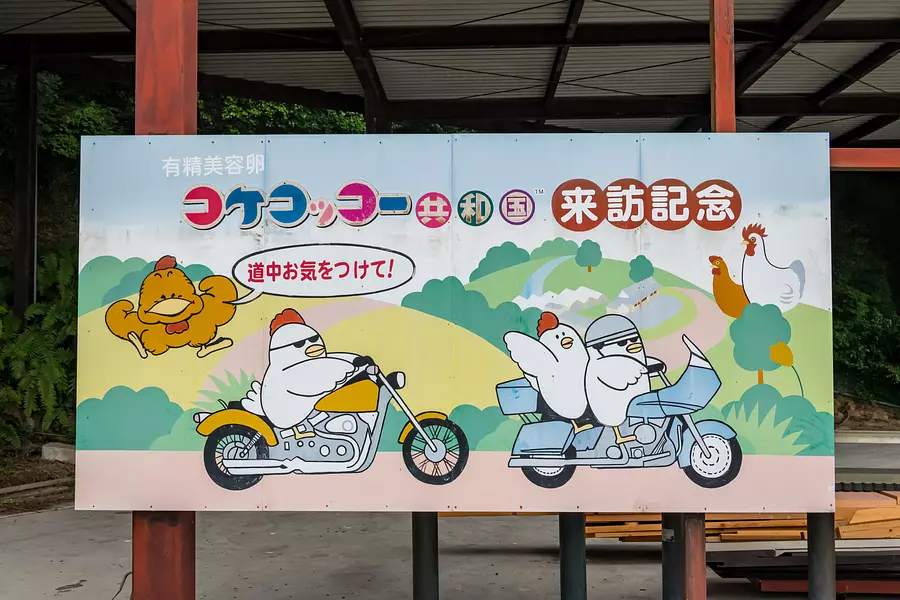
At the back of the grounds, we found a funky signboard commemorating our visit! Don't forget to take a commemorative photo here when you visit! (lol)
Click here for the Kokekokko Republic HP!
Thank you for watching until the end. how was it? The area around TakiTown has history, nature, and a somewhat nostalgic feel. There are still many places that I wasn't able to visit this time, so I would like to continue exploring them. If you are ever in the area, please drop by!
Please click here for my previous articles!
| Category | |
|---|---|
| season | |
| area |

